Cold outreach is dead. With a dismal 2% success rate, traditional lead generation for SaaS companies simply isn't cutting it anymore.
Without a steady stream of qualified leads, your sales pipeline dries up quickly. This is why B2B SaaS lead generation isn't just about attracting large numbers of prospects, it's about converting the right ones into future customers.
In fact, quality consistently outperforms quantity in B2B lead generation strategies. For inbound lead generation specifically, content marketing stands out as one of the most efficient and scalable drivers of long-term growth.
We've analyzed the most effective B2B SaaS lead generation approaches and found that the best teams align their channels, content, and messaging to match actual buyer behavior.
Furthermore, 73% of B2B marketers consider webinars the best way to generate high-quality leads, but that's just one piece of a comprehensive content strategy.
In this tactical guide, we'll show you exactly why a blog should be the cornerstone of your SaaS startup's lead generation engine, backed by real data and proven strategies that work regardless of your product's stage.
Key Takeaways
SaaS startups face unique lead generation challenges with longer sales cycles and complex decision-making, making traditional methods ineffective. Here's why blogging is essential for sustainable growth:
- SEO-driven blogs generate 61% more leads than other marketing initiatives, creating a perpetual lead generation machine through organic search traffic
- Quality beats quantity in B2B SaaS lead generation - focus on attracting the right prospects rather than maximizing volume for better conversion rates
- Blogs support every funnel stage: awareness through SEO content, consideration through educational posts, and conversion through case studies and demos
- Strategic content mapping to buyer journey stages with clear CTAs and conversion paths transforms casual readers into qualified leads
- Consistent publishing (16+ posts monthly) generates 3.5x more traffic and 4.5x more leads compared to infrequent posting schedules
Blogging isn't just content creation, it's a systematic lead generation engine that compounds over time.
Unlike paid acquisition where costs scale proportionally, quality blog content continues generating leads for years with minimal additional investment, making it the most cost-effective channel for sustainable SaaS growth.
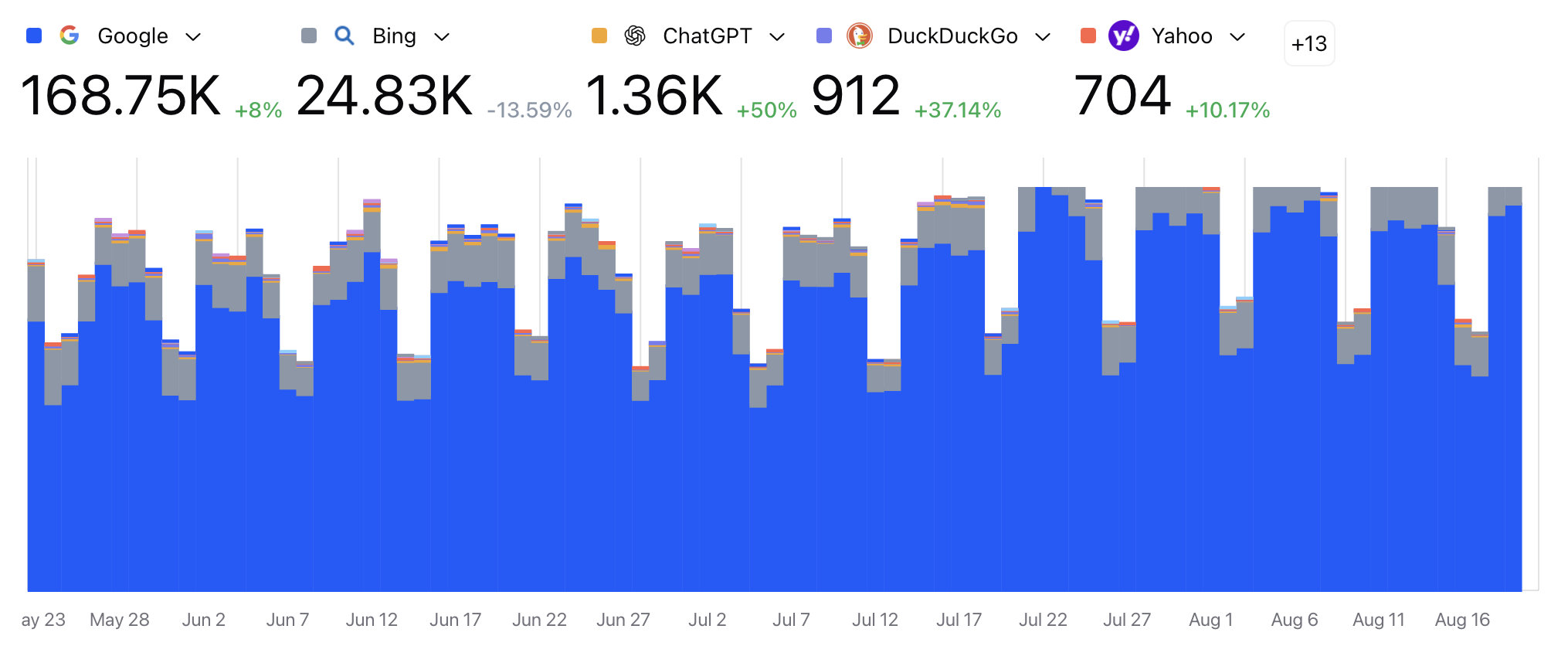
Why SaaS Startups Struggle with Lead Generation
SaaS startups face a unique set of obstacles when it comes to generating qualified leads. Unlike traditional businesses, software companies must navigate a landscape filled with longer evaluation periods, skeptical buyers, and fierce competition. Let's examine why lead generation for SaaS companies is particularly challenging in today's market.
Longer sales cycles and complex decision-making
The numbers tell a sobering story for SaaS companies pursuing enterprise clients. Deals exceeding $100,000 typically take 6 months to close, while larger deals between $500,000-$1,000,000 can stretch beyond a year. Moreover, the average B2B buying cycle has increased to 43 days, up from 33 days in 2020, with large businesses extending this timeline to 65 days.
Nearly half (49%) of SaaS businesses report experiencing longer sales cycles since the economic downturn, with 52% of these companies seeing increases of 10% or more. This extended timeline creates significant cash flow challenges for early-stage startups.
What's driving these prolonged cycles? Enterprise SaaS purchases typically involve buying committees of 11 to 20 stakeholders, each with competing priorities and budgets. Additionally, SaaS companies must navigate:
- Formal procurement processes requiring detailed proposals
- Rigorous security and compliance evaluations
- Customization requirements specific to each client
- Multiple sign-offs from IT, finance, legal, and executives
Low trust and high competition in early stages
Trust has become the new currency in the B2B marketplace. As a newcomer, your startup faces an uphill battle establishing credibility in a hyper-competitive landscape where business buyers' standards for trust continue to rise.
The SaaS industry is particularly challenging given its rapid evolution and marketplace saturation. Early-stage companies struggle with what experts call the "credibility paradox"—customers want proof before committing, yet you need customers to generate that proof.
To establish baseline trust, SaaS companies must demonstrate excellence across four key dimensions:
- Security: addressing data privacy concerns upfront
- Uptime: proving reliability and availability
- Speed: ensuring responsive performance
- Relevance: clearly connecting to customer needs
In crowded SaaS marketplaces especially, integrating trustworthiness into your company's pitch, product, and identity becomes essential for differentiation.
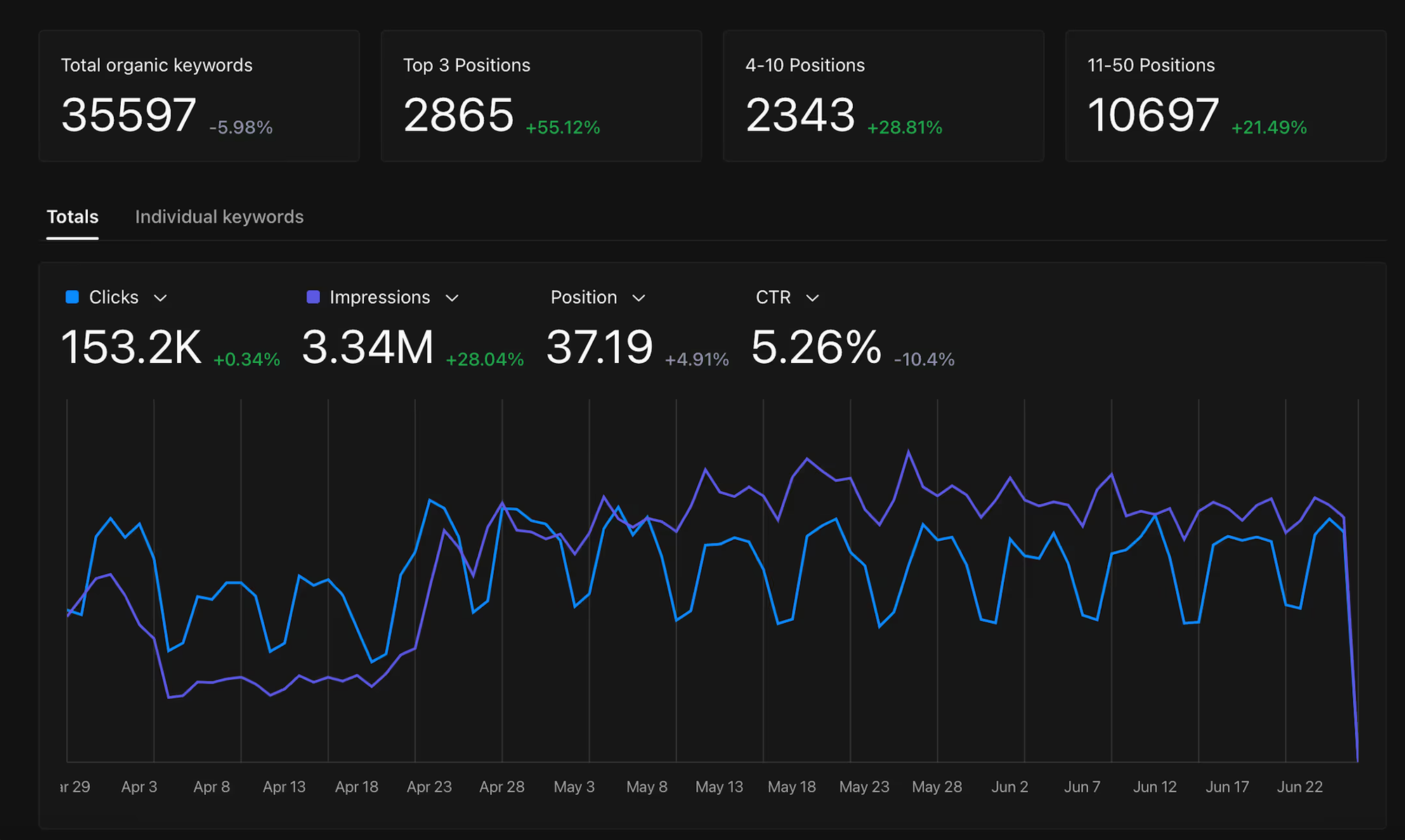
Why traditional B2B lead generation doesn't work well
The fundamental issue with conventional B2B lead generation approaches is their mismatch with the SaaS customer journey, which requires personalized outreach, education, and nurturing. Traditional methods often focus on volume over quality, generating impressive vanity metrics but disappointing conversion rates.
Long sales cycles drain resources as teams spend valuable time nurturing deals that may never close, reducing overall efficiency. According to research, businesses that prioritize lead qualification can reduce their sales cycles by an average of 23%.
For SaaS startups specifically, the subscription-based model creates unique lead generation challenges. Unlike one-time purchases, potential customers must be convinced of the software's long-term value proposition, understand its capabilities, and ensure alignment with their specific needs.
Quality consistently outperforms quantity in B2B SaaS lead generation, creating a foundation for sustainable growth that becomes more valuable as customer success processes mature. This quality-first approach is crucial for optimizing critical business metrics like LTV:CAC ratio, allowing companies to maintain healthy unit economics even as competition intensifies.
How Blogging Supports the SaaS Funnel
A well-structured blog serves as the backbone of effective SaaS lead generation. Unlike unpredictable outbound methods, blogging creates a sustainable pathway that guides prospects from initial awareness to purchasing decisions. Let me break down exactly how blogging powers each stage of the SaaS marketing funnel.
Top of Funnel: Attracting awareness with SEO content
The journey typically begins on search engines where potential customers seek solutions to their problems. SEO-optimized blog content positions your SaaS as the answer they're looking for.
Search engine optimization stands out as one of the most powerful tools for spreading awareness about your SaaS product. Through strategic keyword research and on-page optimization, you can increase your search rankings and attract qualified prospects actively searching for solutions. Retargeting visitors who have already interacted with your website can be up to seven times more effective than launching new campaigns.
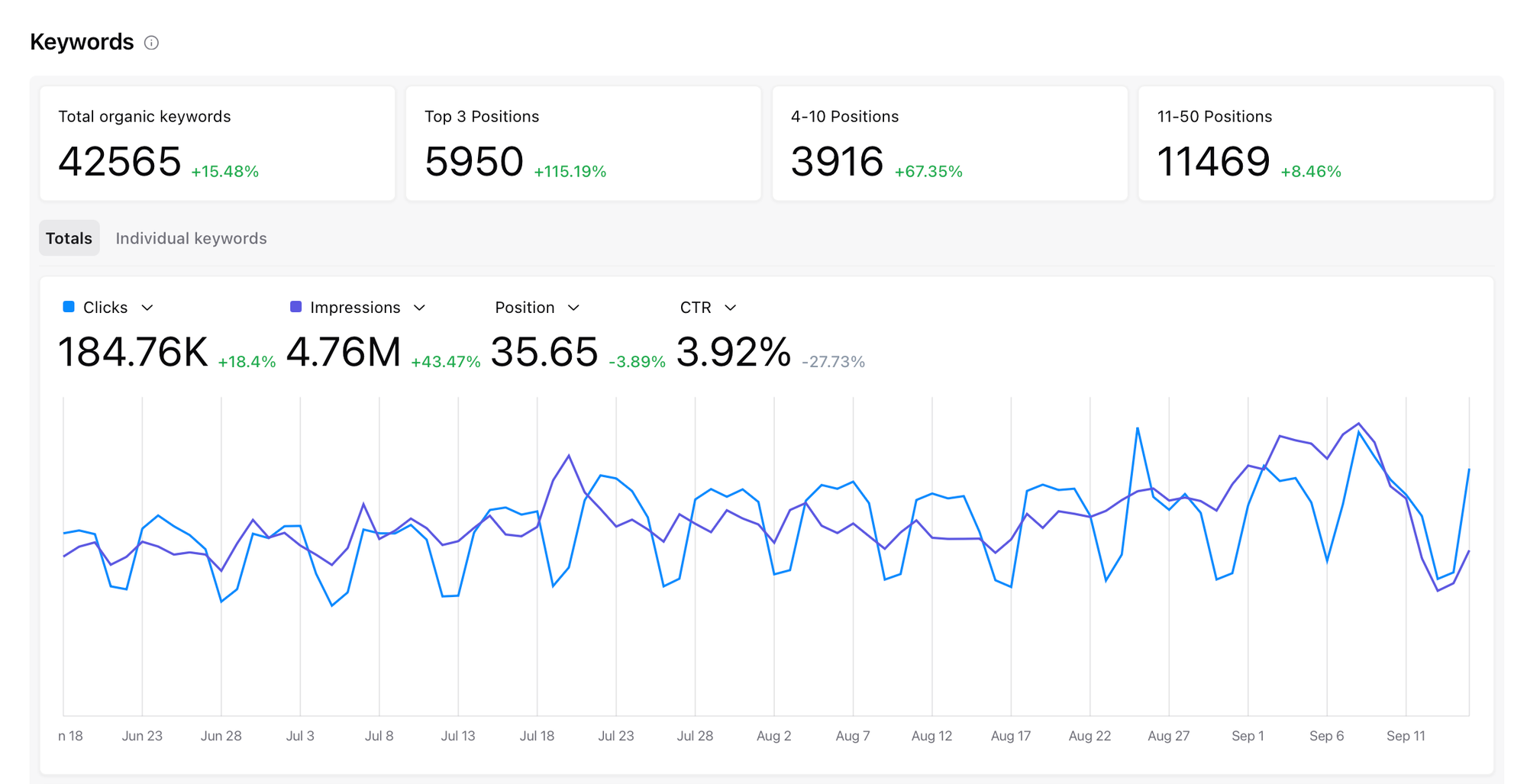
High-quality blog posts addressing industry pain points serve multiple purposes at this stage:
- They establish your brand as an expert in your niche
- They introduce your product subtly while educating readers
- They create the first touchpoint in your lead generation process
As prospects enter this awareness stage, they're still learning about their problem and potential solutions. Your content should focus on education rather than hard selling.
Middle of Funnel: Educating and nurturing leads
During the consideration phase, prospects know they have a problem and are actively researching solutions—including yours and your competitors'. This crucial middle section of the funnel has the most potential to leverage data for personalized messages and relationship building.
At this stage, your blog content should evolve from general education to more detailed information. Potential customers are now open to thorough information, making it appropriate to introduce comprehensive presentations and detailed product functionality. Case studies enhance credibility, but should only be referenced in passing as this remains primarily an information-gathering stage.
Notably, strategically nurturing leads with targeted content improves sales results significantly. Personalized content can generate up to six times higher revenue per email than generic messages. Your blogging strategy should deploy content specifically tailored to different buyer personas, addressing their unique needs, problems, and interests.
Bottom of Funnel: Converting with case studies and demos
The bottom of the funnel is where closing actions happen. By this point, prospects are evaluating specific solutions and need final validation before making a decision.
Case studies play a pivotal role in validating your product's impact, building trust, and offering peer-level proof that resonates with buyers in similar roles or industries. For growth-stage B2B businesses especially, a well-timed, compelling case study can be the missing piece that nudges a hesitant prospect to book a demo or sign a contract.
Interactive demos are particularly effective at this stage, inviting prospects to actively participate and experience the product firsthand. This hands-on approach creates a more engaging experience, with visitors who experience an interactive demo being nearly four times more likely to convert than those who don't.
The most effective SaaS companies repurpose their blog-based case studies into various formats to maximize impact: one-pagers for sales decks, short-form videos for social media, slide decks for webinars, and interactive versions with embedded CTAs. The goal is extracting maximum value from each customer story by delivering it through the right channel, at the right moment, to the right persona.
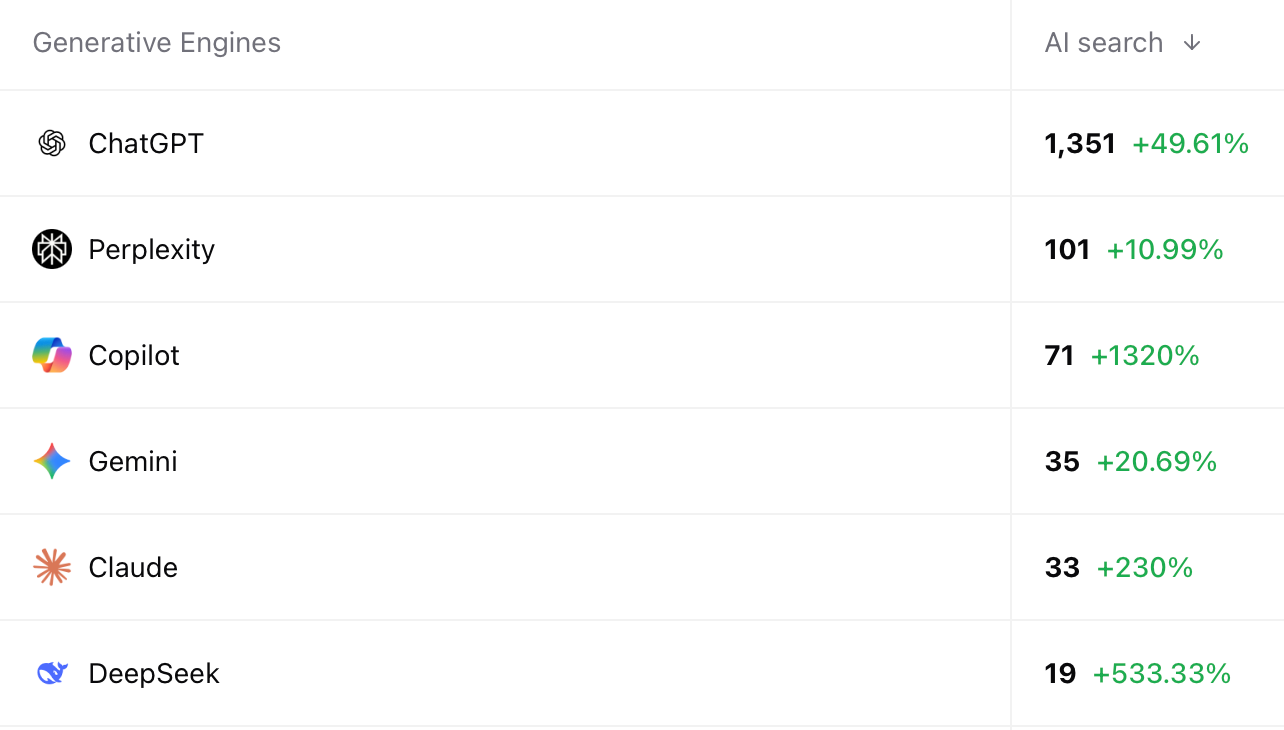
8 Proven Ways a Blog Drives SaaS Lead Generation
Blogs represent the most cost-effective inbound channel for sustainable SaaS growth. The data speaks for itself: strategic blog content drives qualified traffic, establishes credibility, and nurtures leads through every stage of your acquisition funnel.
1. Organic traffic through SEO-optimized content
A staggering 61% of B2B marketers report SEO generates more leads than any other marketing initiative. SEO-driven blogs leverage targeted keywords and optimized technical elements to rank higher for relevant search terms. Consequently, they attract prospects actively searching for solutions you provide. By incorporating strategic keywords, optimizing meta tags, and building quality backlinks, you create a perpetual lead generation machine that compounds over time.
2. Building authority and trust with thought leadership
Edelman and LinkedIn research reveals 65% of buyers say thought leadership significantly changed their perception of a company. Indeed, nearly half reported it directly led them to award business to that organization. First-rate thought leadership doesn't merely repeat industry trends—it offers original perspective through frameworks, challenging assumptions, and introducing new concepts. For B2B SaaS especially, establishing credibility is everything in an environment where product capabilities evolve rapidly.
3. Capturing leads with gated content and lead magnets
Gated content offers a straightforward exchange: valuable resources for contact information. This approach filters casual readers from serious buyers—when someone unlocks your content, they demonstrate heightened interest. Effective formats include in-depth guides, whitepapers, webinars, and interactive tools like ROI calculators. The key principle: make the gated asset worth the trade.
4. Supporting product-led growth with educational posts
Educational blog content accelerates product-led growth by guiding users to value realization. By focusing on customer education, you can speed up implementation, significantly shorten time-to-value, and improve customer experience. Educational resources break down complex concepts, teaching prospects how your solution addresses specific pain points before they ever sign up for a trial.
5. Enabling retargeting through blog engagement
Given that 96% of visitors leave a website without converting, retargeting blog readers is crucial. By targeting specific URL visits, you can create highly relevant retargeting campaigns based on the exact content they engaged with. This approach yields impressive results—retargeted ads achieve 76% higher click-through rates than standard display ads.
6. Fueling email marketing with blog content
Email marketing generates $36 for every $1 spent, making it a crucial channel for nurturing leads. Blog content powers your email strategy by providing educational material that positions your brand as an authority. Through segmentation and automation, you can deliver tailored content sequences based on prospect behavior, product interest, or industry.
7. Improving conversion with blog-to-landing page flows
Landing pages with a singular purpose convert significantly better than multipurpose pages. The most effective SaaS companies design seamless pathways from blog content to conversion-focused landing pages. This strategic flow maintains momentum, guiding readers from educational content directly to relevant offers with clear calls-to-action.
8. Creating shareable assets for social and community
Quality blog content extends beyond your website, fueling social media engagement and community building. By creating shareable assets like infographics, interactive tools, and data-driven insights, you expand your reach through organic sharing. Community engagement establishes thought leadership while generating leads through authentic relationship building.
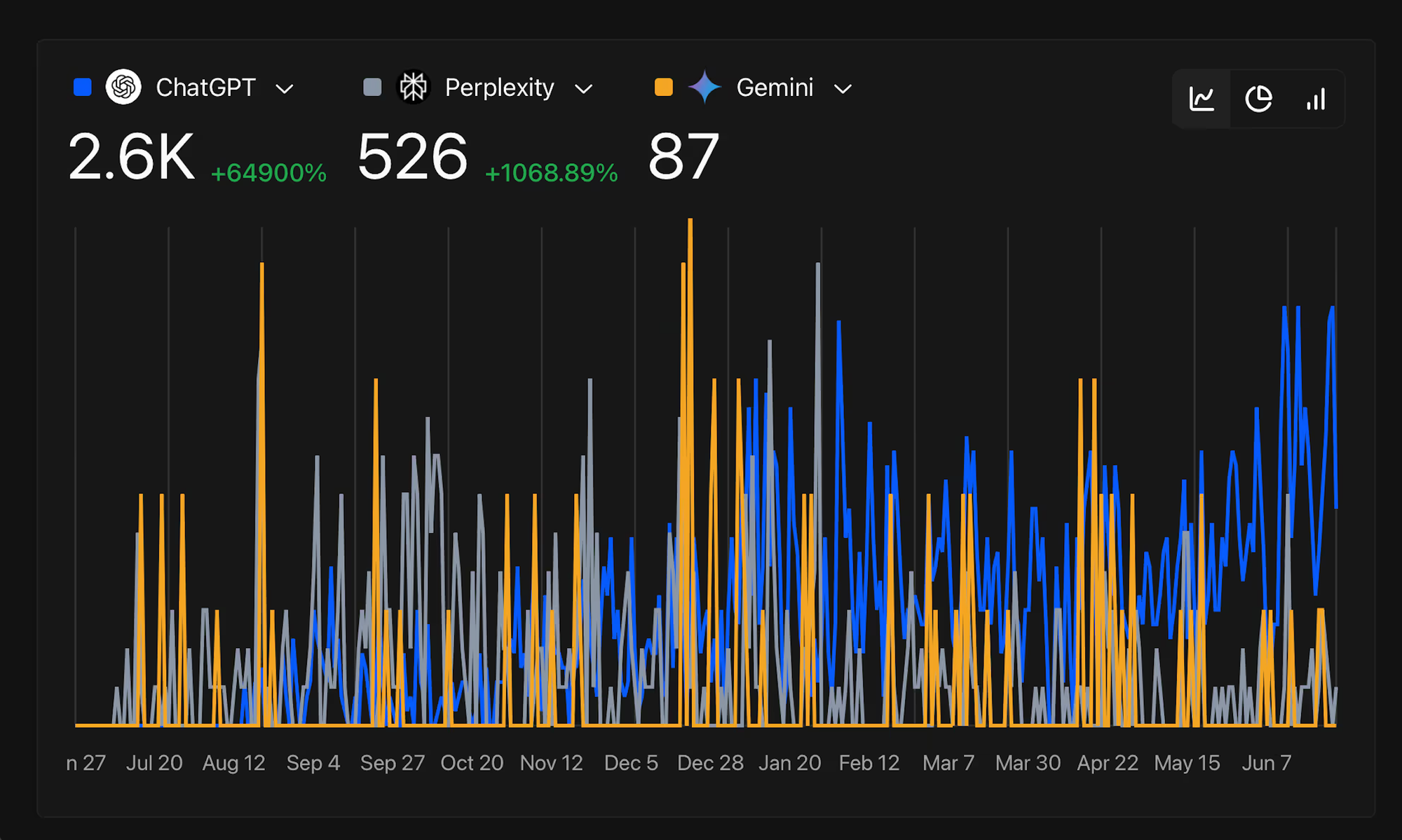
What Makes a SaaS Blog Effective for Inbound Lead Generation
Effective SaaS blogs share four critical components that transform casual readers into qualified leads. These elements separate high-performing lead generation engines from ordinary content repositories. Let's examine the strategic pillars that make SaaS blogs convert.
Clear ICP and persona targeting
Precision targeting begins with a detailed understanding of your ideal customer profile (ICP). The most effective SaaS blogs combine firmographics (industry, company size, revenue range), technographics (current tech stack, integration requirements), and intent indicators (trigger events, pain points) to create content that resonates with specific buyers.
Instead of casting wide nets, successful blogs narrow their focus. For example, a blog targeting "B2B companies with 100-700 employees" is too broad—companies at these different scales have vastly different needs and maturity levels. The more specific your ICP definition, the more efficient your lead generation efforts become—allowing you to concentrate resources on prospects with the highest conversion potential.
Content mapped to buyer journey
Top-performing SaaS blogs strategically align content with each stage of the buyer's journey. At the awareness stage, educational content helps prospects identify pain points. Consideration-stage content demonstrates your solution's fit, whereas decision-focused content provides the final push toward conversion.
Forward-thinking SaaS companies recognize that content serves different purposes throughout the funnel. Therefore, they create specialized assets for each stage—from broad educational pieces to detailed product-focused articles that showcase specific benefits. By addressing the exact questions prospects ask at each stage, these blogs naturally guide readers toward conversion.
Strong CTAs and conversion paths
A blog without strategic conversion paths is merely a publication, not a lead generation tool. Effective CTAs must be action-oriented, value-focused, and strategically placed where users naturally take next steps. Above all, they should connect directly to reader intent.
The most successful SaaS blogs implement clear pathways from educational content to conversion opportunities. This involves designing seamless journeys from blog posts to landing pages with compelling offers that maintain momentum. These conversion paths eliminate friction points, guiding prospects naturally toward signup or demo requests.
Consistent publishing and distribution
Frequency drives results—companies publishing 16+ blog posts monthly generate 3.5× more traffic and 4.5× more leads than those publishing fewer than four posts. Consistency builds audience expectations and improves search visibility, creating compounding returns over time.
Distribution strategy is equally crucial. The most effective SaaS blogs leverage owned channels (website, email, social media) alongside strategic paid amplification to maximize reach. This multi-channel approach ensures content reaches target audiences regardless of where they spend their time online.

How to Measure Blog Impact on B2B SaaS Lead Generation
Measuring your blog's impact on lead generation isn't optional—it's imperative. Smart SaaS marketers track specific metrics to understand exactly how blog content influences the buyer's journey from first click to final conversion.
Traffic and engagement metrics
Basic traffic numbers only tell part of the story. Beyond raw pageviews, examine bounce rates and average session duration to gage content quality.
A high bounce rate may signal that visitors aren't finding what they're looking for, while longer session times typically indicate deeper engagement with your content. For SaaS specifically, tracking unique visitors helps evaluate audience loyalty—a high proportion of returning visitors suggests your content resonates and encourages repeat visits.
Focus on traffic sources to prioritize your efforts effectively. Organic traffic represents visitors finding you through unpaid search results, reflecting your SEO strategy's effectiveness in attracting relevant, high-quality visitors. Meanwhile, referral traffic from external websites and communities helps expand your reach to new audience segments.
Lead attribution and assisted conversions
Multi-touch attribution models provide the most accurate view of your blog's contribution to lead generation. The position-based (U-shaped) model distributes conversion credit between first touch (40%), last touch (40%), and middle touchpoints (20%), offering balanced attribution. This approach reveals critical touchpoints occurring throughout the buyer journey rather than crediting only the final interaction.
Use UTM parameters religiously to track exactly where your website traffic originates. With proper tagging, any report can instantly show you which specific blog posts drive conversions. For sophisticated analysis, look beyond direct conversions to assisted conversions—content that influenced prospects even if it wasn't their final touchpoint before converting.
Trial signups and PQLs from blog sources
Product Qualified Leads (PQLs)—users who have experienced your product's value and show high conversion potential—provide stronger indicators of buying intent than traditional MQLs. By tracking blog visitors who progress to free trials and subsequently reach predefined product engagement triggers, you can measure your content's effectiveness at generating qualified leads.
Activation scores offer a systematic way to evaluate engagement quality. Companies like Databox validate this approach by demonstrating how strongly activation metrics predict conversion likelihood—the higher the activation score, the greater the probability of converting to a paying customer. This data-driven approach optimizes your funnel by helping you focus on leads with the highest conversion potential.
Conclusion
The data speaks volumes.
Blogs drive qualified organic traffic, establish critical thought leadership, capture leads through strategic content gating, and support product-led growth through education.
Turn Readers into Revenue — Instantly.
Lureon.ai writes blogs that turns Google and AI search traffic into qualified leads, fast. Start generating results from every post.
FAQs
How effective is blogging for SaaS lead generation? Blogging is highly effective for SaaS lead generation. Companies that blog consistently generate 67% more leads than those that don't. SEO-optimized blog content can drive organic traffic, establish thought leadership, and nurture leads through every stage of the sales funnel.
What types of blog content work best for SaaS companies? The most effective SaaS blogs include a mix of educational content, thought leadership pieces, case studies, and product-focused articles. Content should be mapped to different stages of the buyer's journey, addressing specific pain points and questions prospects have at each phase.
How often should a SaaS company publish blog posts? Consistency is key for SaaS blogging. Companies publishing 16 or more blog posts monthly generate 3.5 times more traffic and 4.5 times more leads than those publishing fewer than four posts. Regular publishing builds audience expectations and improves search visibility over time.
How can SaaS companies measure the impact of their blog on lead generation? Key metrics to track include traffic and engagement (like bounce rates and session duration), lead attribution through multi-touch models, and the number of trial signups or Product Qualified Leads (PQLs) generated from blog sources. UTM parameters and activation scores can help measure content effectiveness.
What makes a SaaS blog effective for inbound lead generation? An effective SaaS blog for lead generation has clear ICP (Ideal Customer Profile) targeting, content mapped to the buyer's journey, strong calls-to-action (CTAs) with smooth conversion paths, and a consistent publishing schedule. It should also be integrated with other marketing channels for maximum impact.
